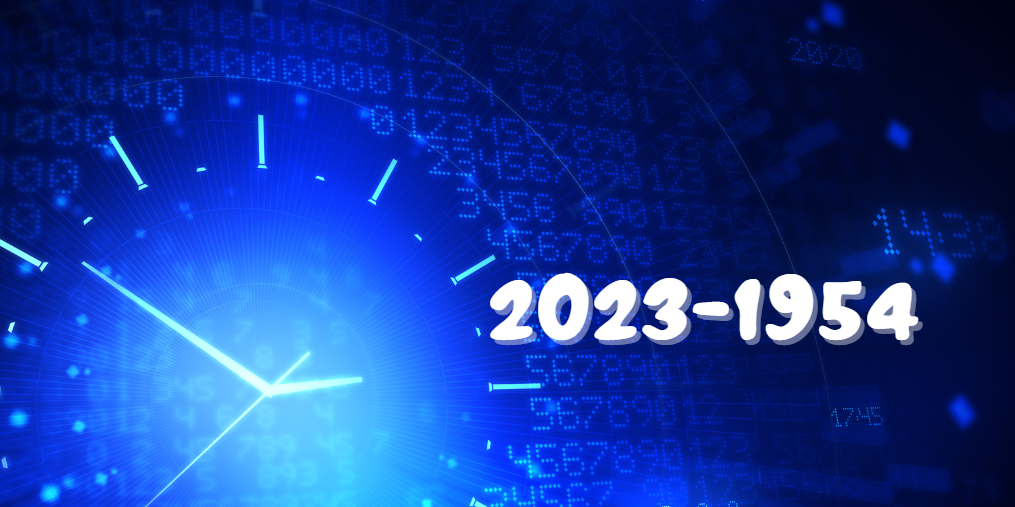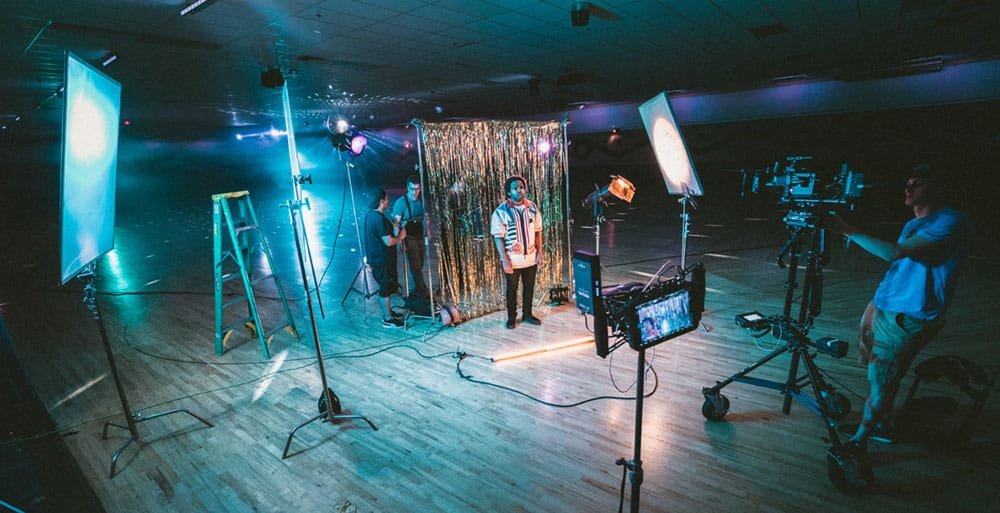A Comparative Journey: From 2023 to 1954
The world has undergone profound changes from 1954 to 2023, shaping the way we live, work, and interact. This 69-year journey has seen technological advancements, cultural shifts, and significant political events that have collectively transformed society. By comparing these two eras, we can better understand the progress made and the challenges faced in this dynamic period.
Technological Advancements: A Leap into the Future
Communication and Information
In 1954, communication was primarily reliant on landline telephones, letters, and radio broadcasts. Television was still a novelty in many households, and the concept of the internet was non-existent. News and information traveled at a much slower pace, often taking days or weeks to reach distant parts of the world.
Quick forward to 2023, and the scene of communication has been revolutionized. The web and smartphones have made moment communication conceivable, contracting the world into a worldwide town. Social media stages, video conferencing, and moment informing have ended up fundamentally parts of day by day life. Data is presently accessible at our fingertips, and the speed at which news voyages has quickened significantly, empowering real-time overhauls and worldwide connectivity.
Transportation
In 1954, transportation was ruled by automobiles, trains, and airplanes. The normal car on the street was a expansive, gas-guzzling machine, and discuss travel was still a extravagance for numerous. The thought of space travel was in its earliest stages, with the to begin with kept an eye on mission to space still a long time absent.
By 2023, transportation has seen tremendous advancements. Electric and hybrid vehicles are becoming mainstream, autonomous driving technology is being developed, and high-speed trains are connecting distant cities. Space travel has also become a reality, with private companies like SpaceX launching missions to explore space, and the concept of commercial space tourism no longer seems like science fiction.
Medicine and Healthcare
Healthcare in 1954 was far more limited than it is today. Penicillin had been discovered, but many diseases were still difficult to treat, and life expectancy was significantly lower. Medical technology was rudimentary by today’s standards, with diagnostics and treatments often based on limited knowledge.
In 2023, therapeutic science has made uncommon strides. Progressed imaging advances, negligibly intrusive surgeries, and personalized pharmaceutical have revolutionized healthcare. Breakthroughs in hereditary qualities, immunotherapy, and counterfeit insights are pushing the boundaries of what is conceivable, driving to more compelling medicines and expanded life anticipation.
Cultural Shifts: Evolution of Society
Gender Roles and Social Norms
In 1954, traditional gender roles were firmly entrenched in most societies. Men were typically the breadwinners, while women were expected to focus on homemaking and child-rearing. Social norms were conservative, and issues such as civil rights, gender equality, and LGBTQ+ rights were not at the forefront of public discourse.
By 2023, society has seen significant changes in gender roles and social norms. Women have made substantial progress in the workforce, achieving greater representation in leadership positions and industries once dominated by men. The fight for civil rights and equality has led to more inclusive societies, with greater recognition of LGBTQ+ rights and an ongoing push for gender equality across the globe.
Entertainment and Media
In 1954, entertainment was largely centered around radio, television, and cinema. Hollywood was in its Golden Age, producing iconic films that are still celebrated today. Music was primarily consumed through vinyl records, and live performances were a major source of entertainment.
By 2023, the amusement scene has been changed by advanced media. Gushing administrations have overwhelmed conventional tv and cinema, advertising on-demand get to to a tremendous cluster of substance. Music is presently spilled online, with stages like Spotify and Apple Music giving get to to millions of tunes. Social media has moreover developed as a effective stage for substance creation and conveyance, permitting people to reach worldwide groups of onlookers from their homes.
Political and Global Shifts: A Changing World Order
Cold War Era vs. Modern Geopolitics
1954 was marked by the tensions of the Cold War, with the world divided into two major blocs: the Western bloc, led by the United States, and the Eastern bloc, led by the Soviet Union. The threat of nuclear conflict loomed large, and international relations were defined by a struggle for power and influence.
In 2023, the world is still grappling with geopolitical challenges, but the landscape has changed significantly. The Cold War is a distant memory, and the world has become more multipolar, with emerging powers like China and India playing significant roles on the global stage. Issues such as climate change, cyber security, and global pandemics have become central to international relations, requiring unprecedented levels of cooperation and collaboration.
Conclusion
The journey from 1954 to 2023 has been one of extraordinary change and transformation. Technological advancements have reshaped every aspect of life, while cultural and social shifts have redefined societal norms and values. Political landscapes have evolved, reflecting the complexities of a more interconnected world. By examining these changes, we gain insight into how far we’ve come and what the future may hold.














Post Comment